-
main-collection-product-grid
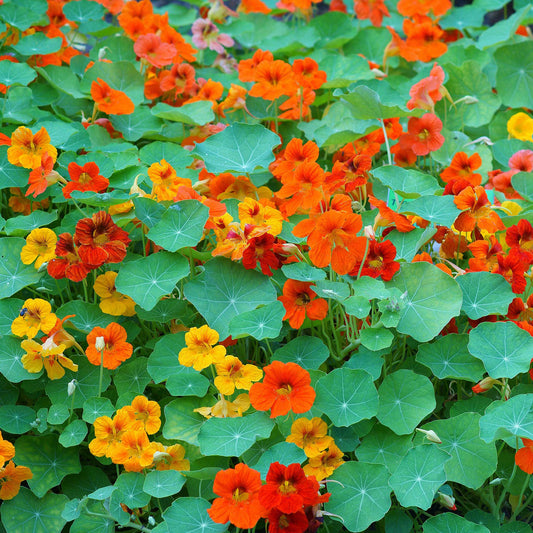
Nasturtium Seeds (Tall) - Mixed Colors
Let these aromatic jewel-toned blooms climb any wall, fence, or archwayNasturtium Seeds (Tall) - Mixed Colors
Let these aromatic jewel-toned blooms climb any wall, fence, or archwayRegular price As Low As $4.99Regular priceUnit price per -
main-collection-product-grid
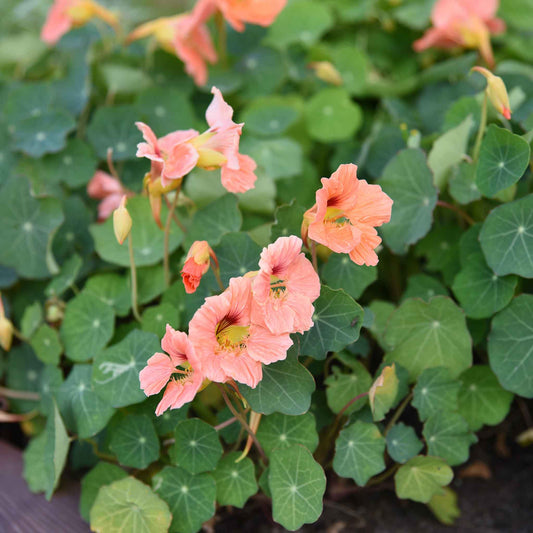
Nasturtium Seeds - Salmon Baby
Ruffled peach petals are sure to captivate any visitors to your gardenNasturtium Seeds - Salmon Baby
Ruffled peach petals are sure to captivate any visitors to your gardenRegular price As Low As $4.99Regular priceUnit price per -
main-collection-product-grid
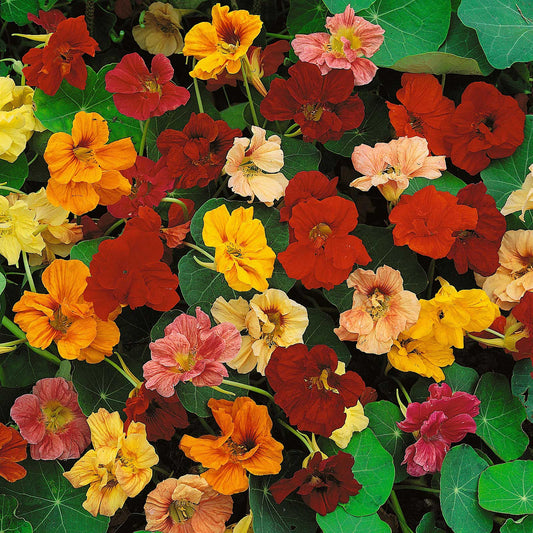
Nasturtium Seeds (Dwarf) - Jewel Mix
Flowers are edible and can be used in recipesNasturtium Seeds (Dwarf) - Jewel Mix
Flowers are edible and can be used in recipesRegular price As Low As $4.99Regular priceUnit price per -
main-collection-product-grid
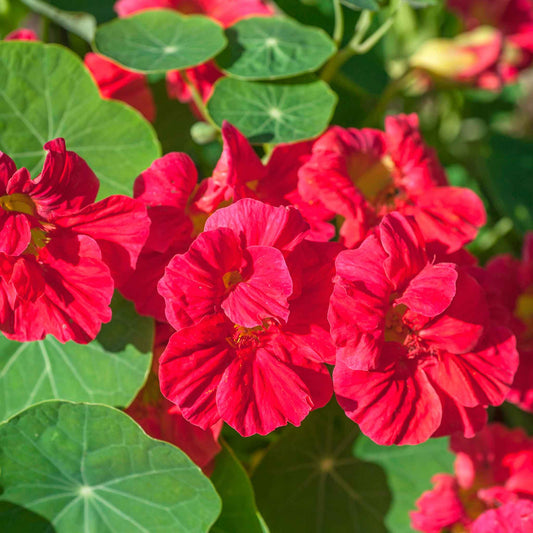
Nasturtium Seeds - Jewel Cherry Rose
Punch-colored blooms add a colorful flair to saladsNasturtium Seeds - Jewel Cherry Rose
Punch-colored blooms add a colorful flair to saladsRegular price As Low As $4.99Regular priceUnit price per -
main-collection-product-grid
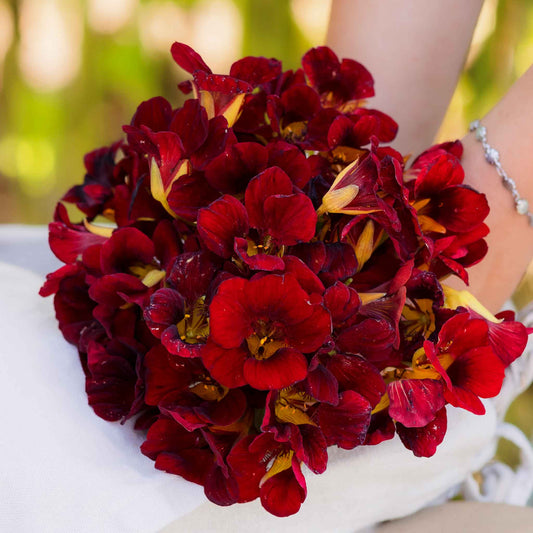
Nasturtium Seeds (Dwarf) - Black Velvet
Rich, mahogany blooms add a mysterious flair to your flower gardenNasturtium Seeds (Dwarf) - Black Velvet
Rich, mahogany blooms add a mysterious flair to your flower gardenRegular price As Low As $4.99Regular priceUnit price per -
main-collection-product-grid
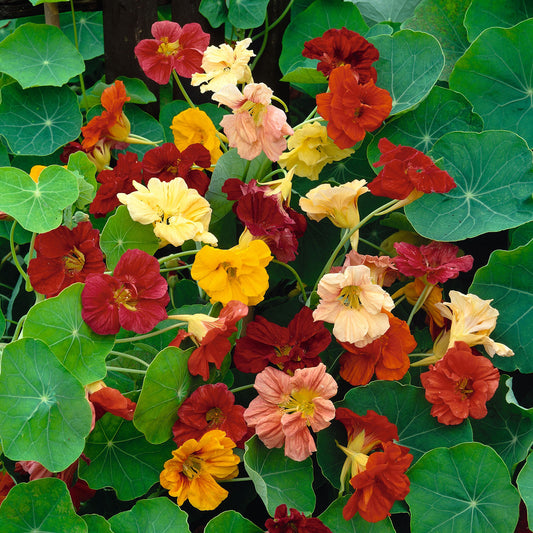
Nasturtium Seeds - Double Gleam Mix
This mix of double and semi-double blooms has pest-repelling propertiesNasturtium Seeds - Double Gleam Mix
This mix of double and semi-double blooms has pest-repelling propertiesRegular price As Low As $4.99Regular priceUnit price per -
main-collection-product-grid
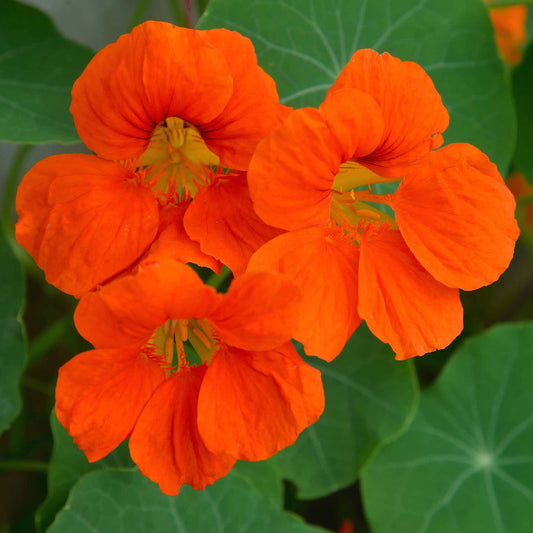
Nasturtium Seeds - Spitfire
These vermillion blooms radiate their own lightNasturtium Seeds - Spitfire
These vermillion blooms radiate their own lightRegular price As Low As $4.99Regular priceUnit price per -
main-collection-product-grid
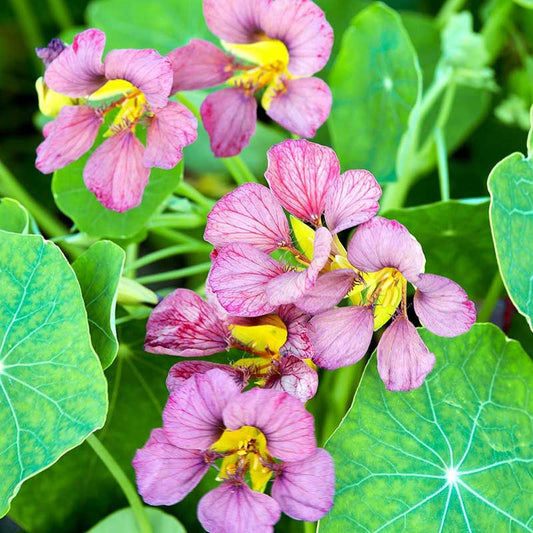
Nasturtium Seeds - Purple Emperor
Regal, deeply-veined petals in shades of dusty rose and lilacNasturtium Seeds - Purple Emperor
Regal, deeply-veined petals in shades of dusty rose and lilacRegular price As Low As $4.99Regular priceUnit price per -
main-collection-product-grid
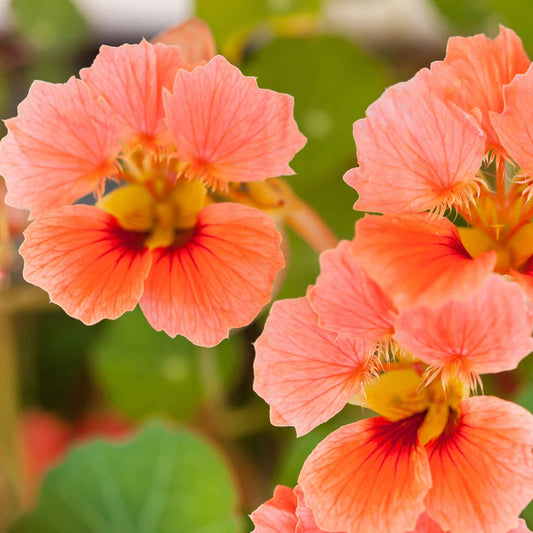
Nasturtium Seeds - Vesuvius
This heirloom has lovely salmon blooms and a manageable growth habitNasturtium Seeds - Vesuvius
This heirloom has lovely salmon blooms and a manageable growth habitRegular price As Low As $4.99Regular priceUnit price per -
main-collection-product-grid
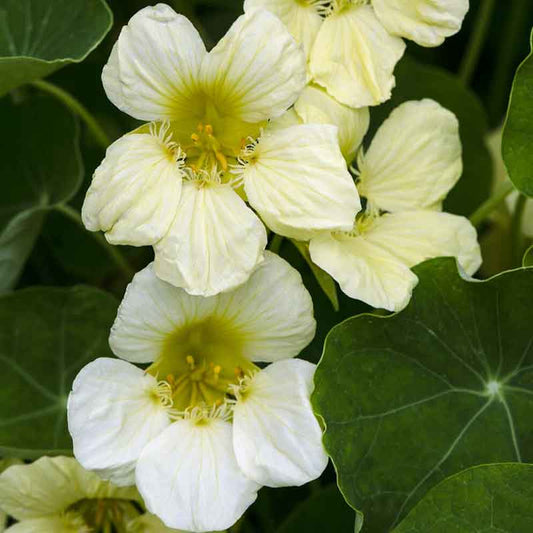
Nasturtium Seeds - Yeti
These pretty ivory blooms know no limit—vines easily climb above 6 feetNasturtium Seeds - Yeti
These pretty ivory blooms know no limit—vines easily climb above 6 feetRegular price As Low As $4.99Regular priceUnit price per -
main-collection-product-grid
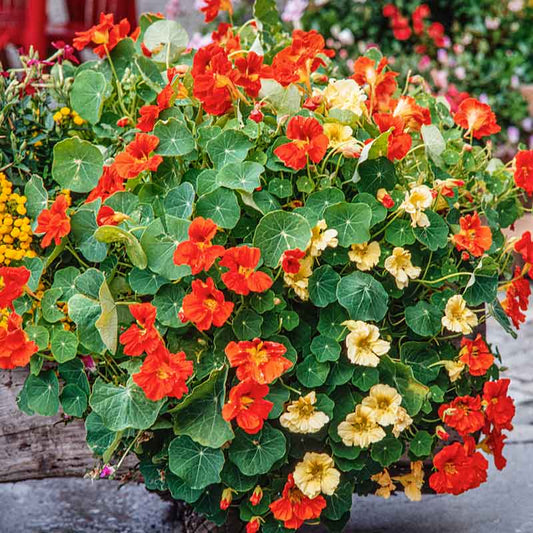
Nasturtium Seeds (Dwarf) - Tom Thumb Mix
Our horticulturist's favorite nasturtium for its mix of multicolored bloomsNasturtium Seeds (Dwarf) - Tom Thumb Mix
Our horticulturist's favorite nasturtium for its mix of multicolored bloomsRegular price As Low As $4.99Regular priceUnit price per -
main-collection-product-grid
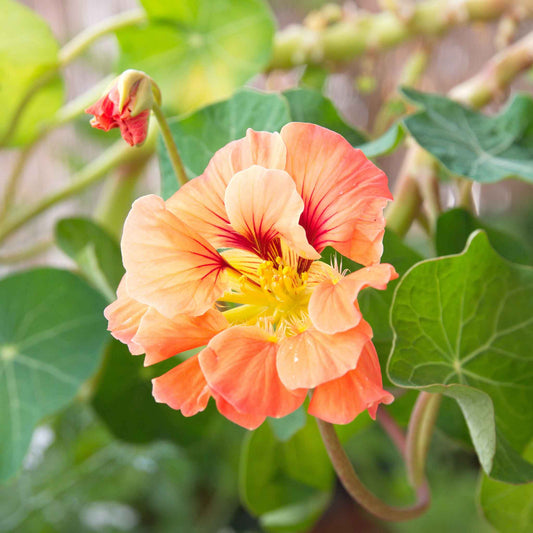
Nasturtium Seeds - Gleam Salmon
Unique, trailing nasturtium in a soft shade of peachNasturtium Seeds - Gleam Salmon
Unique, trailing nasturtium in a soft shade of peachRegular price As Low As $4.99Regular priceUnit price per -
main-collection-product-grid
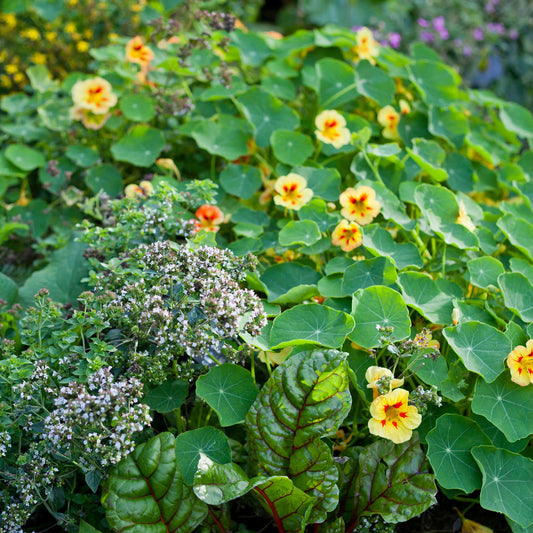
Nasturtium Seeds (Dwarf) - Peach Melba
This compact heirloom boasts buttery blooms marked with ruby throatsSaleNasturtium Seeds (Dwarf) - Peach Melba
This compact heirloom boasts buttery blooms marked with ruby throatsRegular price As Low As $4.99Regular priceUnit price per$26.99Sale price As Low As $4.99Sale -
main-collection-product-grid
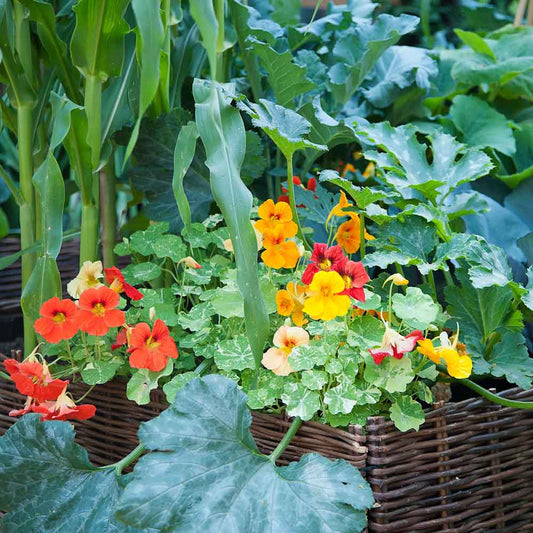
Nasturtium Seeds - Alaska Mix
A blend of multicolored blooms and marbled foliage unique to Alaska cultivarsNasturtium Seeds - Alaska Mix
A blend of multicolored blooms and marbled foliage unique to Alaska cultivarsRegular price As Low As $4.99Regular priceUnit price per -
main-collection-product-grid
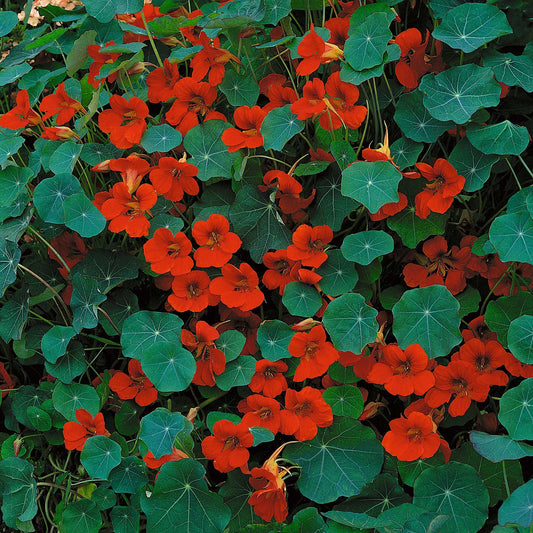
Nasturtium Seeds (Dwarf) - Empress of India
These bold crimson blooms are easy to grow and breathtaking to beholdNasturtium Seeds (Dwarf) - Empress of India
These bold crimson blooms are easy to grow and breathtaking to beholdRegular price As Low As $4.99Regular priceUnit price per -
main-collection-product-grid
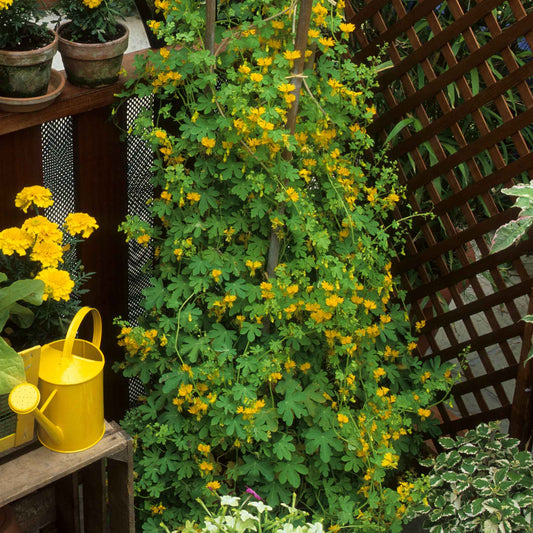
Canary Creeper Seeds
All parts of this vibrant flowering vine are edibleCanary Creeper Seeds
All parts of this vibrant flowering vine are edibleRegular price $4.99Regular priceUnit price per -
main-collection-product-grid
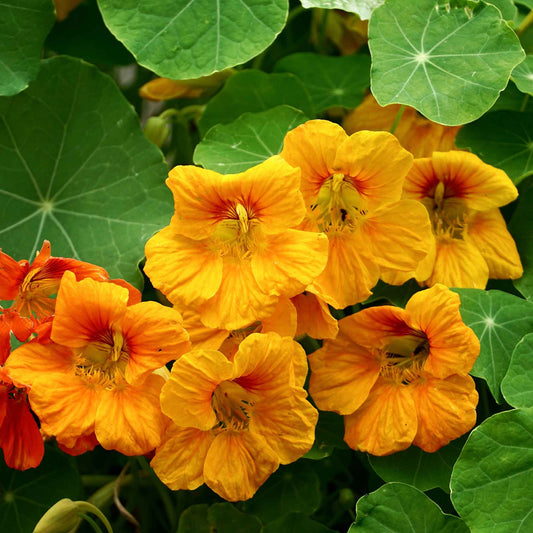
Nasturtium Seeds - Orange Gleam
This mix of tangerine-colored blooms actually has a peppery tasteNasturtium Seeds - Orange Gleam
This mix of tangerine-colored blooms actually has a peppery tasteRegular price As Low As $4.99Regular priceUnit price per -
main-collection-product-grid
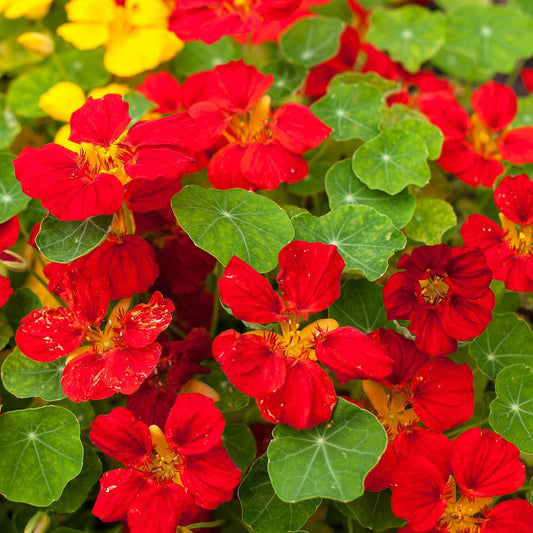
Nasturtium Seeds - Globe of Fire
Fragrant, passionate scarlet blooms are frequently visited by pollinatorsNasturtium Seeds - Globe of Fire
Fragrant, passionate scarlet blooms are frequently visited by pollinatorsRegular price As Low As $4.99Regular priceUnit price per -
main-collection-product-grid
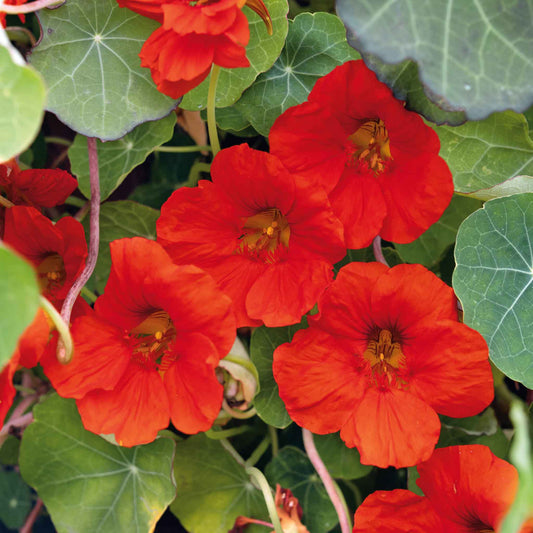
Nasturtium Seeds - Indian Chief
Dignified ruby-colored blooms are offset by bronzed foliageNasturtium Seeds - Indian Chief
Dignified ruby-colored blooms are offset by bronzed foliageRegular price As Low As $4.99Regular priceUnit price per -
main-collection-product-grid
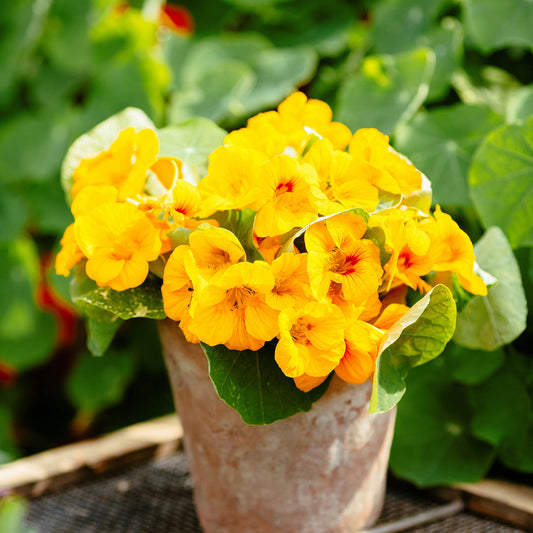
Nasturtium Seeds - Alaska Gold
Rich yellow blooms adorn this majestic trailing vineNasturtium Seeds - Alaska Gold
Rich yellow blooms adorn this majestic trailing vineRegular price As Low As $4.99Regular priceUnit price per -
main-collection-product-grid
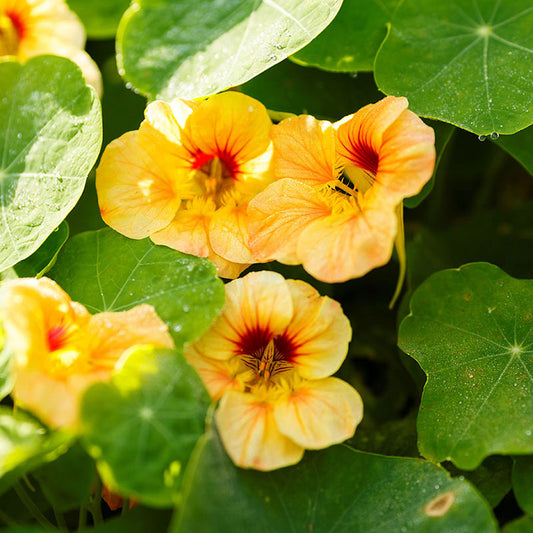
Nasturtium Seeds (Dwarf) - Apricot
Adorable apricot blooms are perfect for a child's gardenNasturtium Seeds (Dwarf) - Apricot
Adorable apricot blooms are perfect for a child's gardenRegular price As Low As $4.99Regular priceUnit price per -
main-collection-product-grid
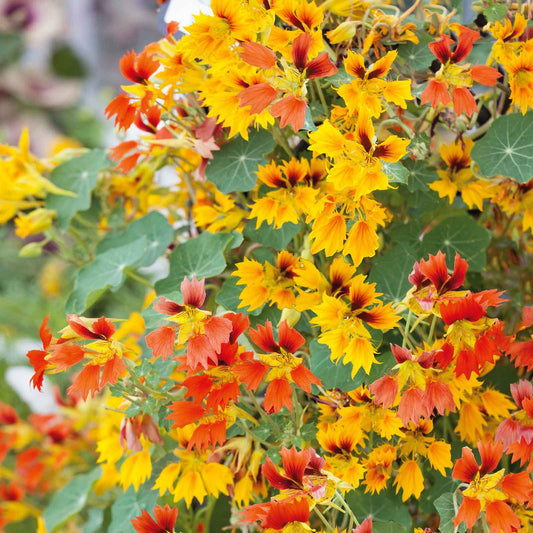
Nasturtium Seeds - Phoenix
Saw-toothed edged flowers look just like flamesNasturtium Seeds - Phoenix
Saw-toothed edged flowers look just like flamesRegular price As Low As $6.99Regular priceUnit price per -
main-collection-product-grid
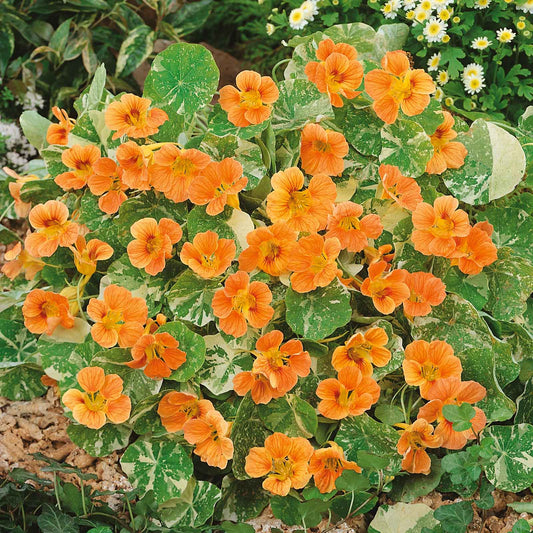
Nasturtium Seeds - Alaska Salmon
A delight for window boxes, baskets, or edgingsNasturtium Seeds - Alaska Salmon
A delight for window boxes, baskets, or edgingsRegular price As Low As $5.49Regular priceUnit price per -
main-collection-product-grid
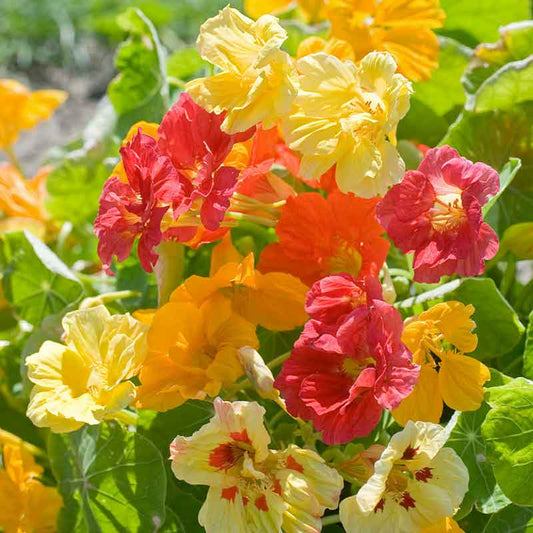
Nasturtium Seeds (Organic) - Jewel Mix
Warm-toned edible flowers make a gorgeous organic garnishNasturtium Seeds (Organic) - Jewel Mix
Warm-toned edible flowers make a gorgeous organic garnishRegular price $7.99Regular priceUnit price per
Why you can never have too many nasturtiums
- 36 gorgeous nasturtium varieties
- Easy to grow and maintain in all hardiness zones
- Fragrant blooms attract pollinators and beneficial insects
- Edible flowers and foliage add a spicy taste to dishes
nasturtium: the multipurpose flower
Nasturtiums are lovely to look at, but did you know that the blooms are edible too? Nasturtium flowers add a spicy, peppery flavor to salads and drinks, and add a boost of nutrition too! Most people use nasturtium blooms to garnish dishes, but the whole plant is actually edible. Containing high amounts of vitamin C, iron, and other trace minerals, nasturtiums are responsible for a myriad of health benefits. A proven antibiotic, consuming nasturtium may actually help fight the flu and protect against viruses.
Need insect repellent in your garden, but don’t want to use pesticides? Try growing nasturtiums! The sweet scent of nasturtiums actually attracts pests, diverting them away from other crops in your garden, but that’s not all—nasturtiums also draw predatory insects that feast on pests.
planting your own nasturtium seeds
Hardy in nearly all zones, nasturtiums are a heat-loving annual that is known to self-seed. Direct sow nasturtium seeds after the last spring frost, or start the seeds indoors four to six weeks before. Be sure to soak nasturtium seeds overnight for the quickest germination.
A wildflower native to mountain slopes, nasturtiums actually prefer poor, slightly acidic soils. Choose a planting site that gets full to partial sun and drains excess water. Sow seeds a half-inch deep and at least 10 inches apart to allow mature plants to spread. Transplant nasturtium seedlings at the same spacing. Water nasturtiums regularly, but be careful not to overwater. Deadhead spent flowers to prolong flowering. If taken care of properly, nasturtiums will bloom from spring until the first frost. Cut back nasturtium foliage periodically to contain the vining plant from sprawling.
the beauty of nasturtiums
Pick your favorite color combination with nasturtiums—colors range from solid shades of gold, orange, and red, to variegated varieties in pink and blush, to mixes of every thinkable combination. Nasturtium flowers are lovely in dainty cut flower arrangements, and pair beautifully with pansies. Nasturtium is a quirky and fun textural component to add to bouquets.
Plant nasturtiums in hanging baskets and allow the stems to hang down gracefully, or plant nasturtiums in an area that needs ground cover. Nasturtiums will happily spread to take up the space that they’re given, beating out weeds and preventing surface soil from washing away. Whatever your purpose for planting nasturtiums, be sure to order a few extra seeds. Choose a few varieties among Eden Brothers’ 24 offerings for color and fragrance all season long. For more information about planting, growing, and harvesting nasturtium seeds, see the Nasturtium Seeds Planting Guide.























